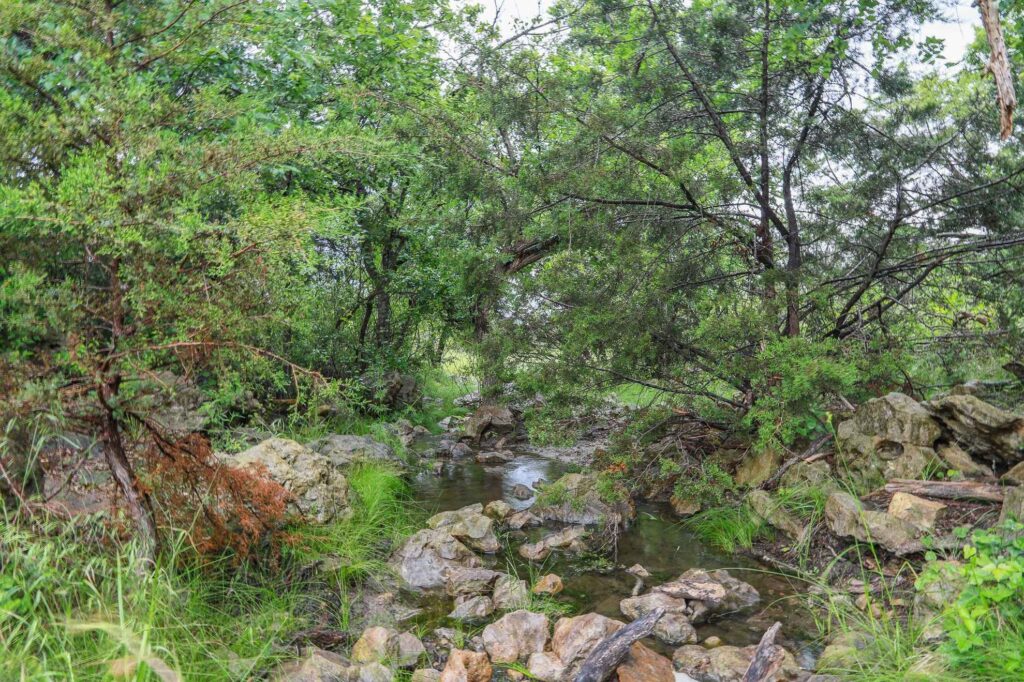Water is a valuable and finite resource, particularly in arid regions like the Texas Hill Country. In this ecologically diverse area, water wells play a vital role in meeting the water needs of residents, ranchers, and farmers. However, the allocation and management of water rights in Texas can be complex and often subject to regulation. This article aims to provide an overview of Texas water rights, with a focus on water wells in the picturesque Texas Hill Country.
Water Rights in Texas:
In Texas, water rights are primarily governed by the doctrine of “prior appropriation” or “first in time, first in right.” This means that the person or entity who first puts water to beneficial use has a prior right to the water over subsequent users. However, the state also recognizes landowner rights to groundwater as a “vested ownership interest” under the Rule of Capture.
Groundwater and the Rule of Capture:
The Rule of Capture, a longstanding legal principle in Texas, allows landowners to capture and use groundwater beneath their property without regard to its effect on neighboring wells. This doctrine is based on the concept that landowners have the right to capture and use the water beneath their land, even if it affects the availability or quality of water for others nearby. As a result, landowners in the Texas Hill Country generally have the right to drill a well on their property to access groundwater.
Groundwater Conservation Districts (GCDs):
To manage the state’s water resources, Texas has established Groundwater Conservation Districts (GCDs) in many regions, including the Texas Hill Country. GCDs have the authority to regulate groundwater production through permits, pumping limits, and other rules. The goal is to balance the needs of individual landowners with the sustainable management of the shared resource.
Regulations and Permitting:
In the Texas Hill Country, individuals or entities planning to drill a new well or modify an existing one may need to obtain a permit from the appropriate GCD. The permit process typically involves demonstrating that the proposed well will not cause significant drawdown or negatively impact existing wells or nearby water resources. GCDs may also impose pumping limits, well spacing requirements, and metering regulations to monitor water usage and ensure conservation.
Shared Challenges and Collaborative Solutions:
Water availability and conservation are pressing concerns in the Texas Hill Country. The region’s natural springs, rivers, and aquifers face the challenge of increasing demand due to population growth and agricultural activities. Recognizing the importance of collaboration, stakeholders such as landowners, municipalities, farmers, and environmental groups are actively engaging in dialogue to develop sustainable water management strategies. Efforts include water conservation initiatives, efficient irrigation practices, and the implementation of innovative technologies for more effective water use.
Water rights and the regulation of water wells in the Texas Hill Country reflect the intricate balance between individual property rights and the collective responsibility to conserve and manage shared water resources. While the Rule of Capture allows landowners to access groundwater, GCDs play a crucial role in overseeing water usage and ensuring sustainability. As the demand for water continues to grow, it becomes imperative for all stakeholders to work together to preserve this precious resource for future generations, ensuring a prosperous and sustainable Texas Hill Country.



